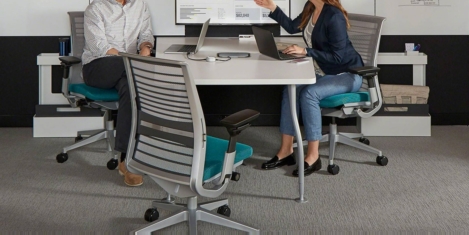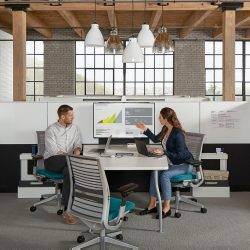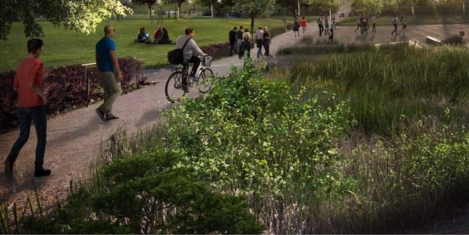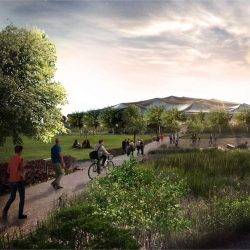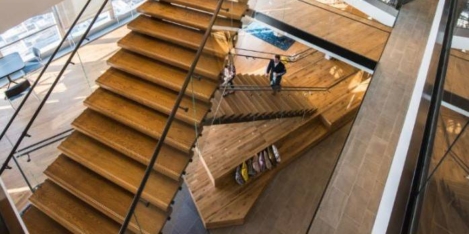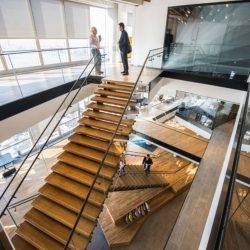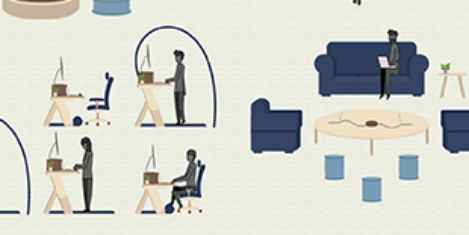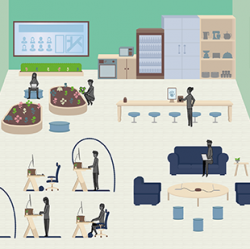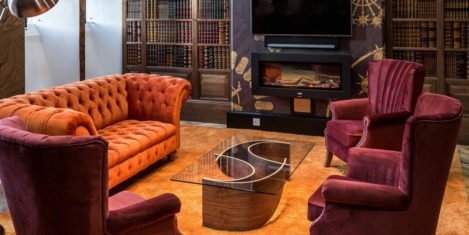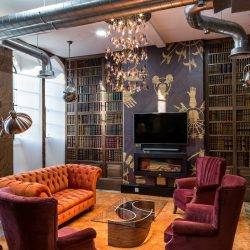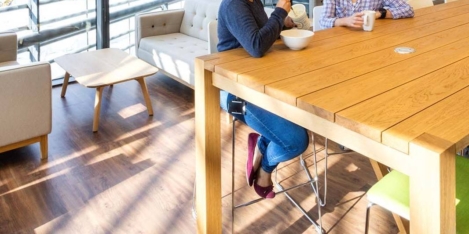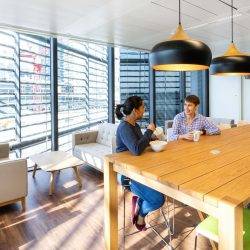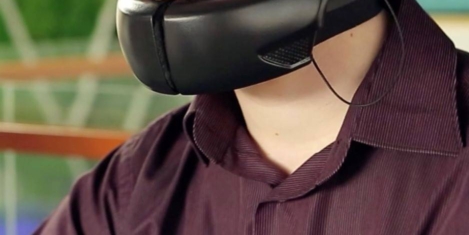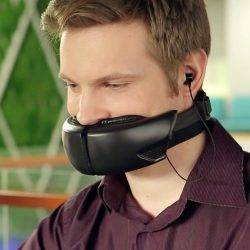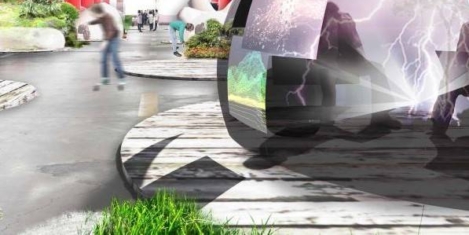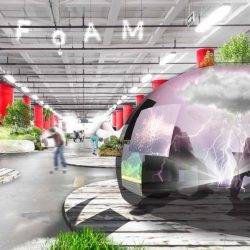May 5, 2017
Property developers welcome extension of office to residential conversion rights 0
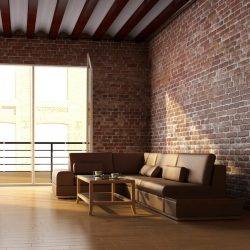 Three quarters (74 percent) of property developers expect to see an increase in the number of conversions of under-used office buildings into new homes over the next two years as a result of the government’s decision to extend property development rights (PDR) legislation. Of these, nearly a third (30 percent) of developers expects to see a significant growth in PDR-related conversion schemes. This is according to a small study commissioned by Amicus Property Finance. More than two thirds (69 percent) of property developers welcome the PDR extension, which was designed to enable thousands of new homes to be built by making use of neglected industrial and office property while preserving the green belt. In the UK between July 2015 and June 20163, a total of 1,066 office to residential permitted development applications were permitted with prior approval not required and a further 1,480 applications granted with prior approval.
Three quarters (74 percent) of property developers expect to see an increase in the number of conversions of under-used office buildings into new homes over the next two years as a result of the government’s decision to extend property development rights (PDR) legislation. Of these, nearly a third (30 percent) of developers expects to see a significant growth in PDR-related conversion schemes. This is according to a small study commissioned by Amicus Property Finance. More than two thirds (69 percent) of property developers welcome the PDR extension, which was designed to enable thousands of new homes to be built by making use of neglected industrial and office property while preserving the green belt. In the UK between July 2015 and June 20163, a total of 1,066 office to residential permitted development applications were permitted with prior approval not required and a further 1,480 applications granted with prior approval.





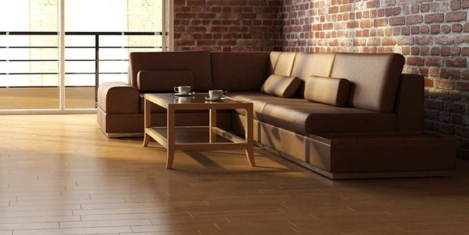
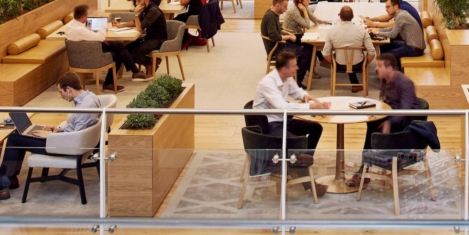
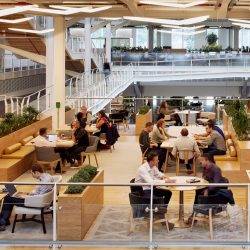
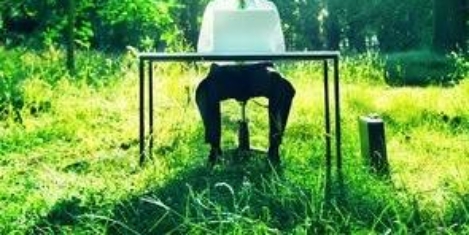
 A major research study into Health and Wellbeing in offices has been launched by the British Council for Offices (BCO). “Wellness Matters: Health and Wellbeing in offices and what to do about it” is a year-long project which aims to provide definitive guidance on how to enable office Health and Wellbeing across a building’s lifecycle. The major research study has been commissioned to critique existing Health and Wellbeing measurement and certification, identify the most recent and relevant medical evidence justifying a proactive approach to Health and Wellbeing in the built environment, and give guidance on the business case for investment in this space beyond simply improving productivity. Most significantly, this research aims to deliver a practical guide to creating a healthy environment across the different stages of a building’s life cycle, from design, construction and leasing to the most important aspect by time and value: occupation and asset management.
A major research study into Health and Wellbeing in offices has been launched by the British Council for Offices (BCO). “Wellness Matters: Health and Wellbeing in offices and what to do about it” is a year-long project which aims to provide definitive guidance on how to enable office Health and Wellbeing across a building’s lifecycle. The major research study has been commissioned to critique existing Health and Wellbeing measurement and certification, identify the most recent and relevant medical evidence justifying a proactive approach to Health and Wellbeing in the built environment, and give guidance on the business case for investment in this space beyond simply improving productivity. Most significantly, this research aims to deliver a practical guide to creating a healthy environment across the different stages of a building’s life cycle, from design, construction and leasing to the most important aspect by time and value: occupation and asset management.